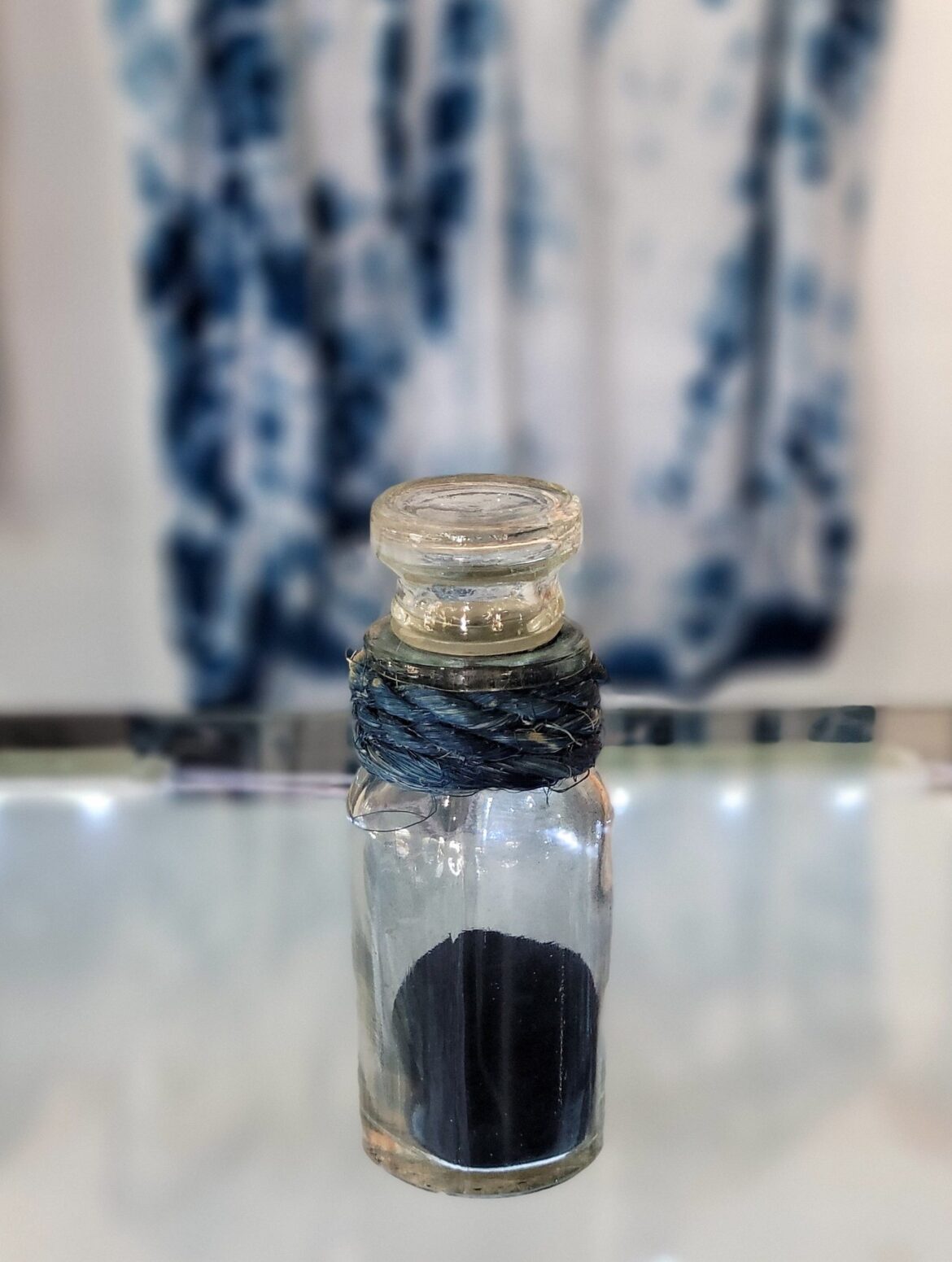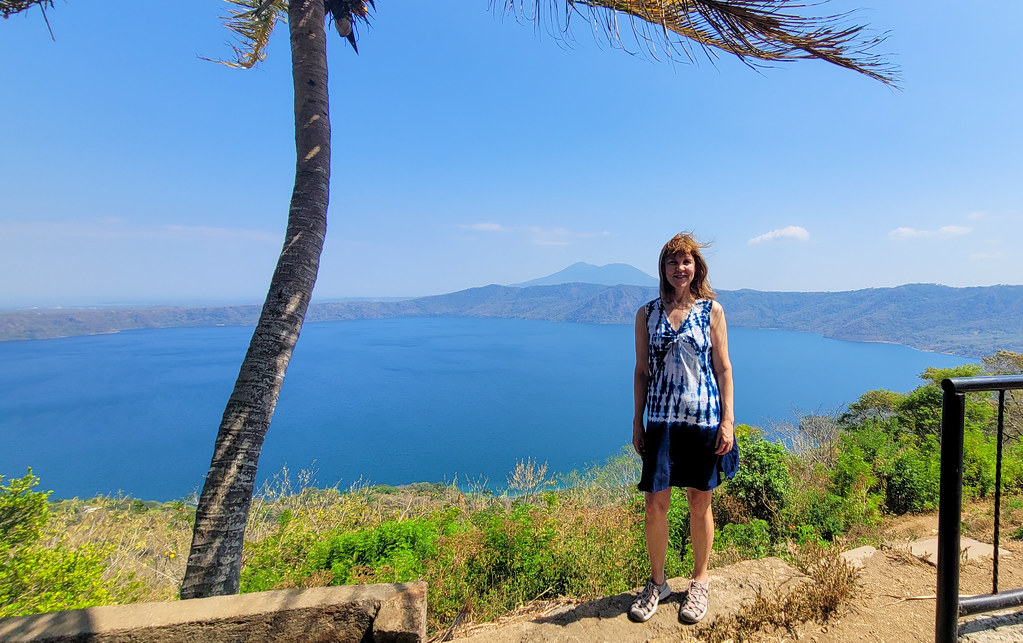El Salvador is making a comeback on the production of what the Mayans called “Blue Gold.” As the largest producer of natural indigo dye in Latin America for centuries, it collapsed after the synthetic version took over in the 19th century. Now, there’s a revival for the Salvadoran sustainable natural indigo. During my recent El Salvador travels, I became fascinated by the natural indigo opportunities for a healthier planet and economy. Read on to learn about El Salvador’s natural indigo history, ecotours and shopping.
Indigo is one of the most ancient dyes and its origins are based in India. Indigo literally means in Greek or Latin ‘from India.’ With indigo being the only producer of the blue dye, it has been in high demand for centuries. Many different tropical countries, such as, India, Japan, West Africa, Mexico or El Salvador developed unique ways to process the leaves to indigo.
History of Indigo in Central America
Salvadoran Sustainable Natural Indigo

The Mayans called indigo “Blue Gold.” They used the indigo dyes for art, sculpture, pottery, textiles and paintings. However, when the conquistadors from Spain invaded El Salvador everything changed. The Spaniards took over the Mayan indigo dyeing, forcing the Salvadorans into slaved labor. They were demanded to work long, hard hours producing massive amounts of indigo dye. Then, the dye was sent to Europe for hundreds of years, supporting the European textile manufacturing industry.
There is a wonderful documentary called Blue Alchemy, retracing the world history, including El Salvador, with indigo.
After El Salvador gained independence in 1812, the natural indigo demand became replaced by the synthetic indigo. Now, fast forward to the 21st century, the demand has been returned to the Salvadorans. There is a resurgence for the natural indigo dyes, with a growing demand for sustainable indigo.
What is Natural Indigo Dye?
The natural indigo dye is derived from plants, mainly the genus Indigofera or “xiquilite.” The leaves produce the dye, being harvested and put through a nontoxic chemical process. This, extracts the indican (precursor to indigo) and turns it to indigo. The laborious process involves using a series of vats for fermentation and oxidation, leaving behind a blue sentiment.
Finally, the sentiment is treated with heat turning indigo into a paste for packaging. Natural indigo doesn’t require a toxic agent to make it adhere to fabric and lasts for a long period of time. This, also, requires less water than the synthetic version.
Synthetic Indigo Dye is Harmful to the Environment
Indigo is not water-soluble, so the synthetic version requires petroleum and toxic chemicals to break it down. Synthetics also require metals, such as mercury, as mordants to adhere the blue to the fabric. Often, the synthetics requires more than one coating, wasting more water.
The demands of the Industrial Revolution required large amounts of indigo. In the late 19th century, German chemists began selling a synthetic version for industrial use. Today, especially blue jeans, are mostly dyed with the synthetic indigo. The textile industry is a huge environmental polluter of soil, water and air. One of their most harmful areas is in coloration, like synthetic indigo.
Natural Indigo as an Instrument of Peace in El Salvador
Understanding the background on the Salvadoran Civil War is important, because this resilient country became deeply embroiled in it for 12 years from 1979 to 1992. At least 80,000 Salvadoran were killed during these years. Like many of the civil wars in Central America at this time, this was another proxy war between the Soviet Union and the U.S.
Indigo is now being used as an instrument for peace in El Salvador. With the revival of the natural indigo, many new sustainable jobs are being created for locals. Even more, there are social projects hiring ex-Guerillas and gang members for these jobs to get them on a more constructive path to peace.
Salvadoran Sustainable Natural Indigo
Ecotours for Travelers
Near the charming, colonial town, Suchito, are opportunities for travelers to experience the resurgence of natural indigo. I shopped at one of the most popular stores for natural indigo products called Arte Anil (indigo ink). It is on the Central Square in Suchito. I stopped inside and bought myself an upbeat tie-dyed indigo dress. Besides clothing, the shop also offers purses, hats, blankets, scarves and jewelry. Arte Anil also offers Indigo Dyeing Workshops.
Our travel group experienced an indigo tie dye workshop, learning about this creative technique. The workshops support a local women’s cooperative, plus you even observe or make your own indigo tie dyed garment.
In November is Suchito’s Indigo Fair!
Just outside Suchito, the Hacienda Los Nacimientos has pursued the vision since 1995 for organic agribusiness. Its ultimate goal is sustainable and healthy goals for its products and employees. I didn’t go here when in El Salvador, but am sharing this valuable information, that is on my sustainable bucket list.
Hacienda Los Nacimientos offers tours in Agro-ecotourism, Mayan Blue Indigo and Birdwatching. From their store, they sell indigo, indigo dyed garments, cashew seeds, moringa oil, hibiscus rose oil and wines.
Overall…
Salvadoran Sustainable Natural Indigo
El Salvador has a deep and layered history with indigo. This blue thread is part of the roots and even the culprit for slavery during the Spanish control. However, the indigo is also the sky of hope for the future with the rebirth of natural indigo. This history and trend is important to understand if visiting El Salvador. Hopefully, this article provides some blue insights. If your travels bring you to El Salvador, please share any tips below in the comments.
Read More!
Wonderful El Salvador Travel Highlights at Suchito and Beachfront Hotel
Incredible Copan Ruinas, Honduras Tour at Mayan Ruins, Macaw Mountain & Luna Jaguar Spa



